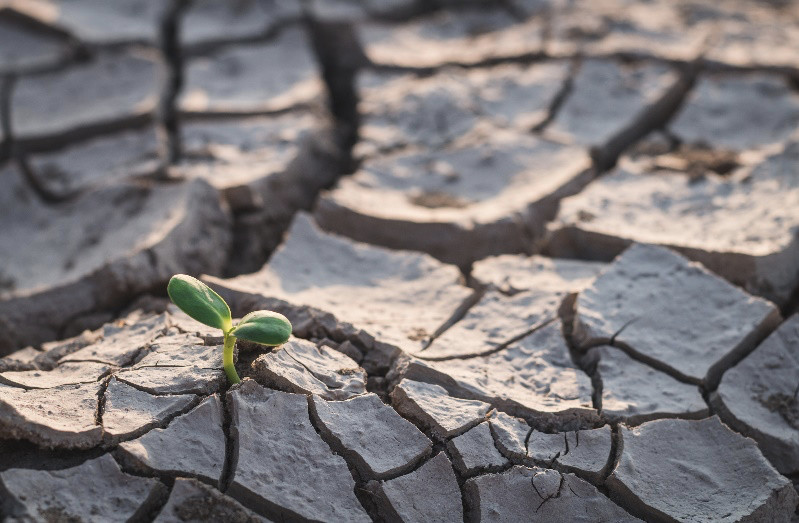Last week I had the honor of working with a group of smart, passionate young adults who dedicate a great deal of their precious time to represent the voices and ideas of young people across Georgia.
As they shared their thoughts about mental health and how mental health issues affect youth, I heard about the struggles young people face at school, home and online. I also heard about the strengths and resilience that teens today have gained from dealing with adversity and their desire to take care of their mental health and achieve balance.
And for the first time in a long time, I felt hopeful. Hopeful about the future, about the state of our fragile world and about the strength of individuals and communities who work together to make a difference.
To capture the struggles young people face and the hope they feel about their future, I will use Photovoice, a participatory action research methodology created by Caroline Wang and Mary Ann Burris in the early 1990’s where “people can identify, represent, and enhance their community through a specific photographic technique” (Wang & Burris, 1997, p. 369). Photovoice allows community members to showcase key issues and potential solutions to addressing key issues through photographs and narratives.
This innovative method will provide my client, a statewide training and advocacy agency, with a powerful and effective way to raise awareness of the mental health issues facing teens and advocate for effective strategies.
Using this technique and more traditional methods like surveys, focus groups and interviews will help you gather data to tell your story.
While the events of the last 18 months have caused hardship, loss and destruction for many individuals and families in the communities we live in and work with, they have also engendered community spirit, strength and resilience.
I encourage you to think about how you can capture both the struggles and the hope in your community.

No Comments